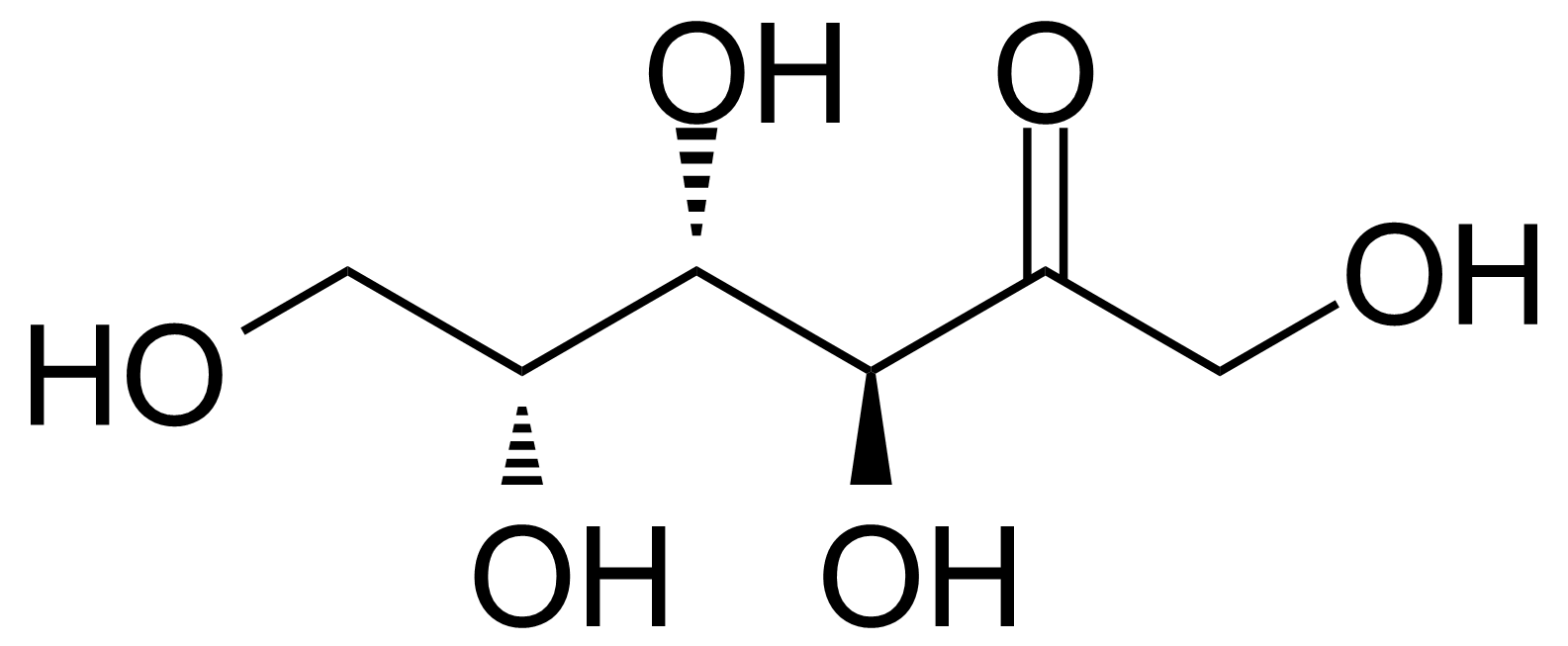 Juni 05, 2024
Juni 05, 2024D-tagatose – preparation and application
Unfortunately, this article is currently only in English language. We are working on a translation. Thank you for understanding.
D-tagatose [87-81-0] or (3S,4S,5R)-1,3,4,5,6-Pentahydroxy-hexan-2-one is a hexose monosaccharide. It is a white crystalline solid with melting point of 131-132 °C. [1] Tagatose is a natural sweetener present in only small amounts in fruits, cacao, and dairy products. Since it is metabolized differently from sucrose, tagatose has a minimal effect on blood glucose and insulin levels due to its very low glycemic index (GI 3) compared to sucrose (GI 68) and fructose (GI 24).
Starting with lactose, which is hydrolyzed to glucose and galactose, tagatose can then be produced commercially from the resulting galactose. The D-galactose is then isomerized under alkaline conditions to D-tagatose.[2]
Application of D-tagatose:
D-Tagatose has been studied as a potential antidiabetic and antiobesity medication. In preliminary studies in humans, tagatose has shown a low postprandial blood glucose and insulin response. Its proposed mechanism of action may involve interference in the absorption of carbohydrates by inhibiting intestinal disaccharidases and glucose transport. It may also act through hepatic inhibition of glycogenolysis.[3]
Product categorization (Chemical groups):
Main category:
Second level:
Third level:
_______________________________________________________________________
[2] D. Ekeberg, S. Morgenlie, Y. Stenstrøm Carbohydr. Res. 2002, 337, 779. doi:10.1016/S0008-6215(02)00065-4
[3] I. Espinosa, L. Fogelfeld Expert. Opin. Investig. Drugs 2010, 19, 2, 285. doi:10.1517/13543780903501521